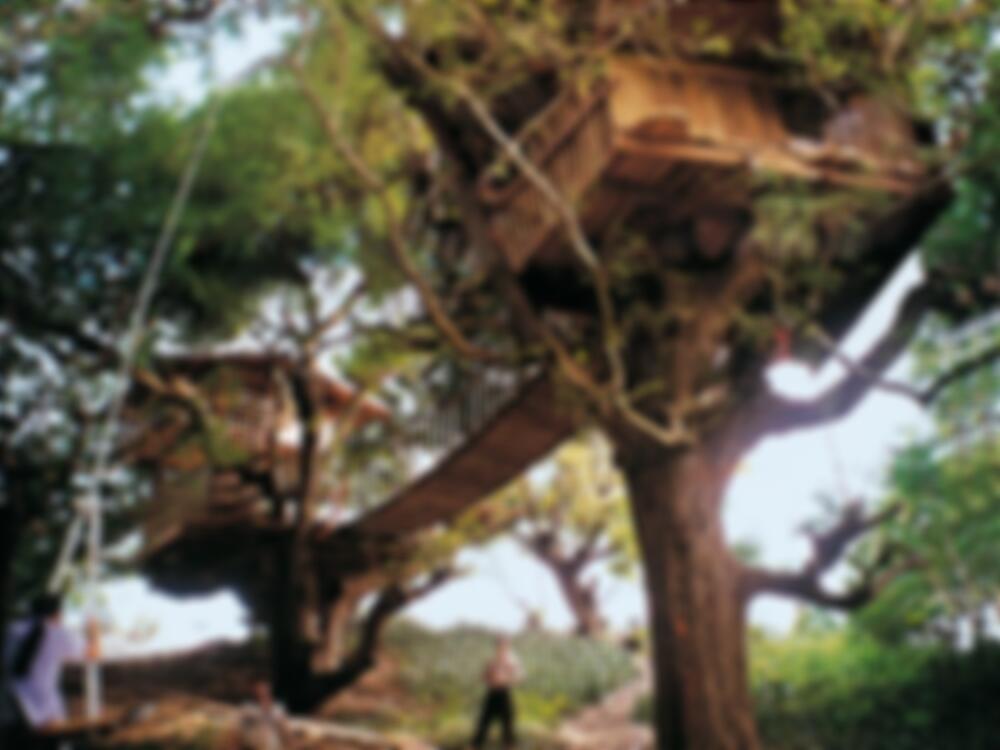More than 500 architects and students participated in a competition to design tree houses as holiday dwellings in tropical regions. The entrants could choose between four locations: Hawaii, Fiji, Hainan and Vietnam. Among the most interesting responses to the brief was the present scheme, which won one of the four first prizes with its concept for a series of light...
Report: Holidays in a Tree House
Issue
08/2001 Experimental Building Construction
Source
DETAIL
Location
United States of America, Hawaii
Year of construction
2000
Architecture
Marianne Bär, Jens Kolb, Peter Dörr

© David Greenberg

© David Greenberg